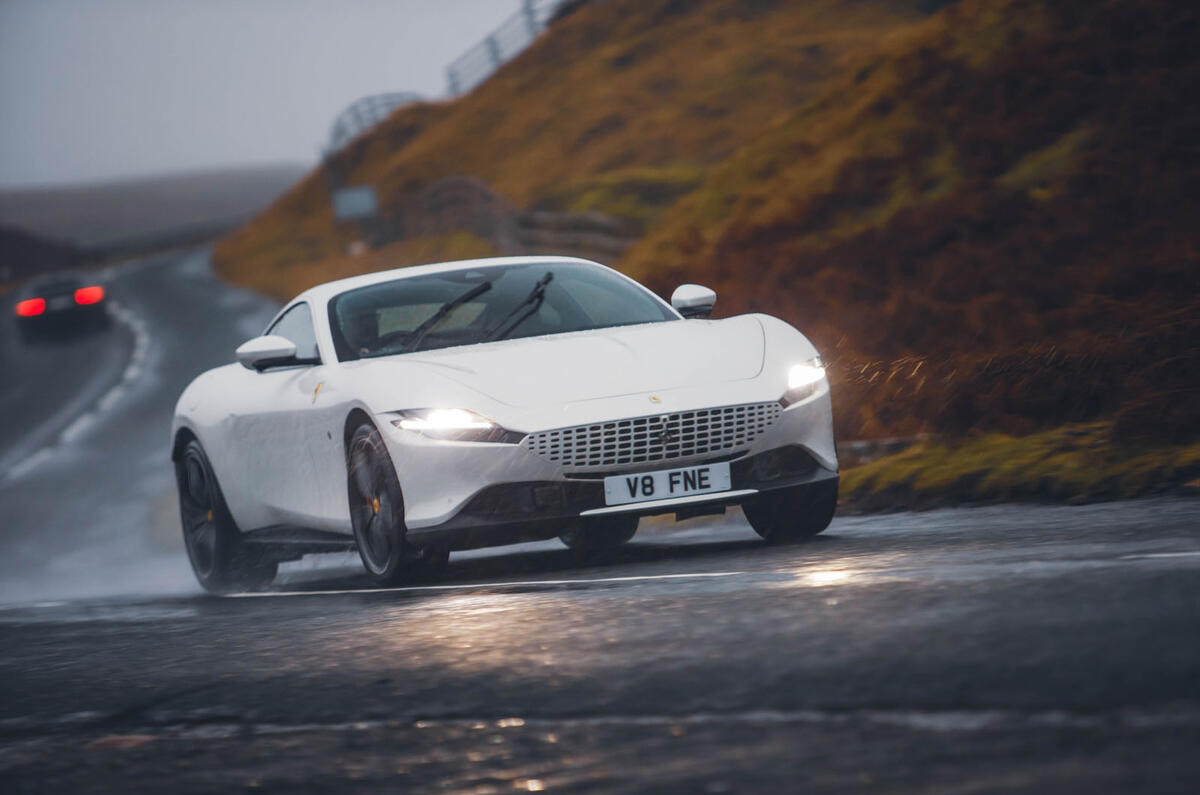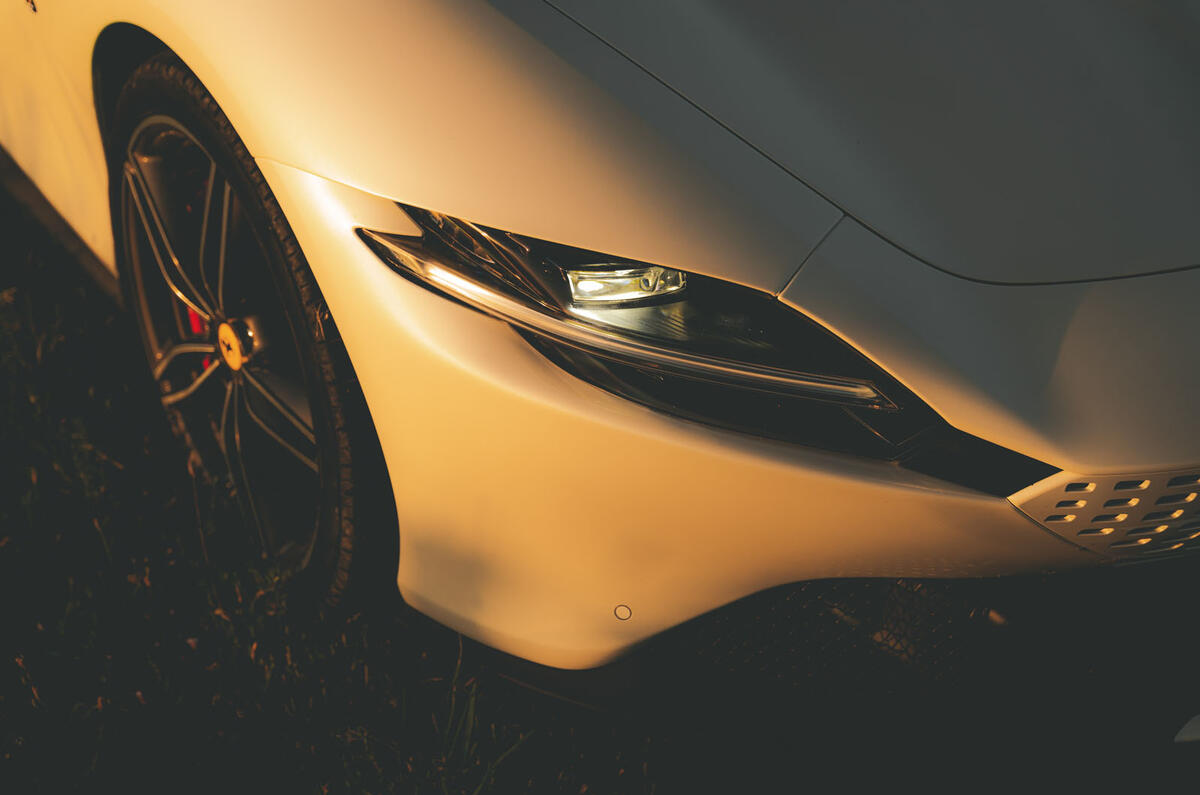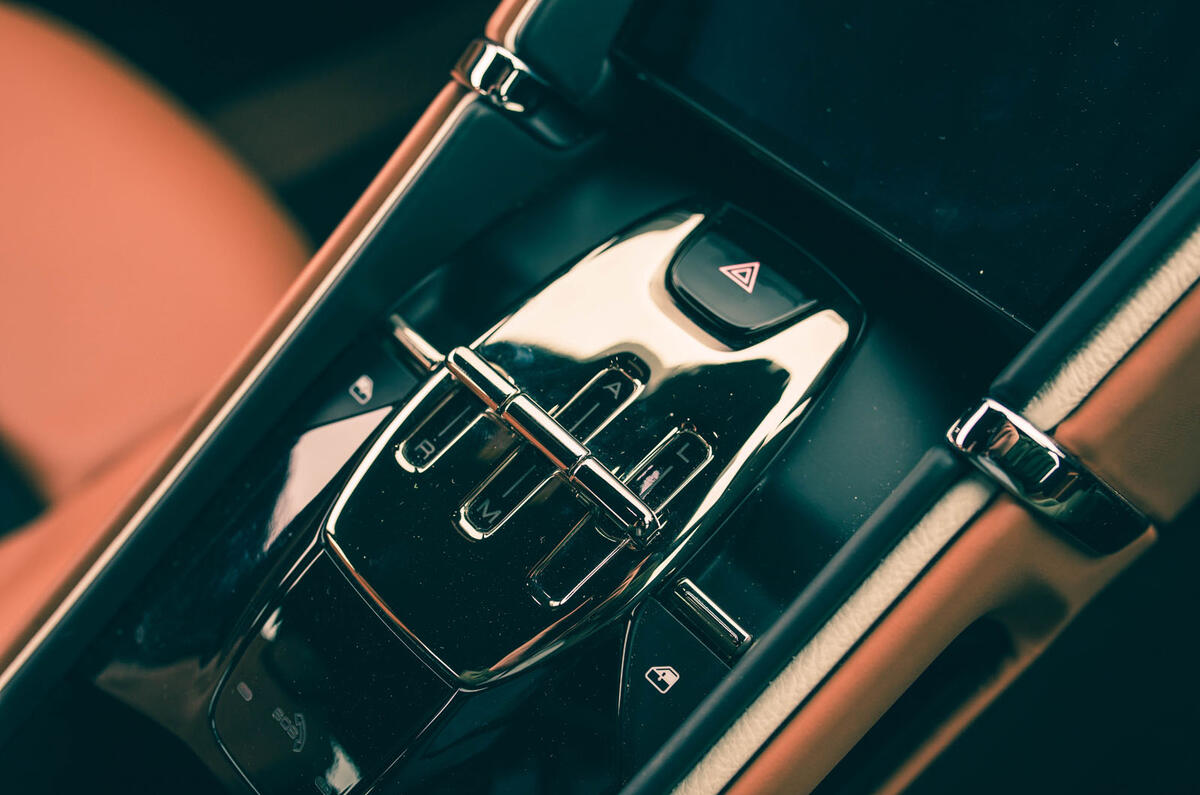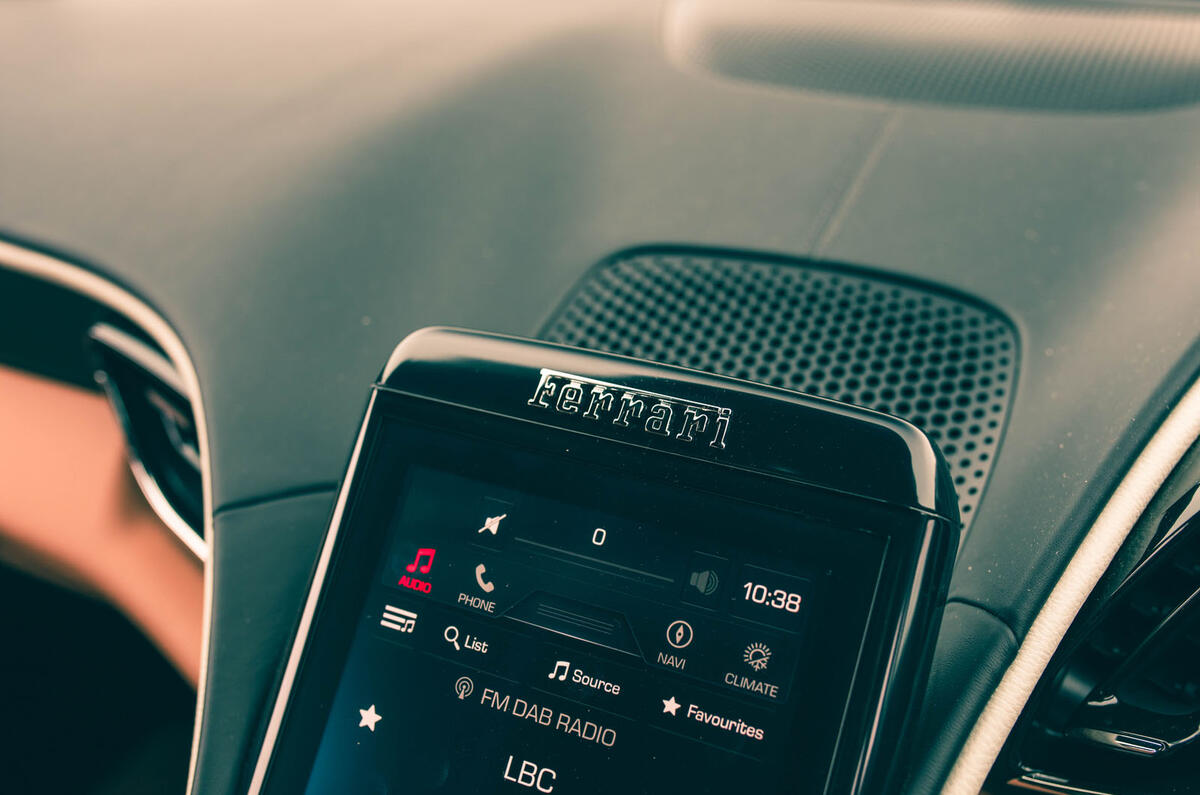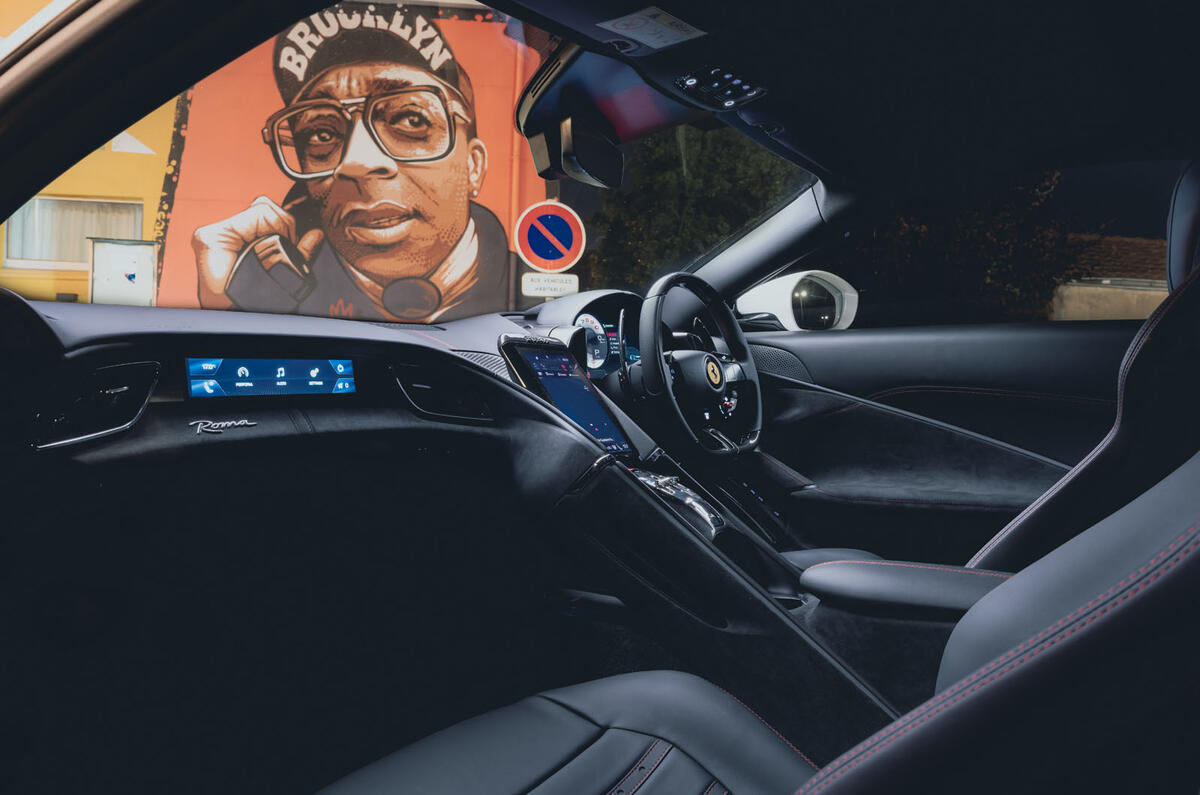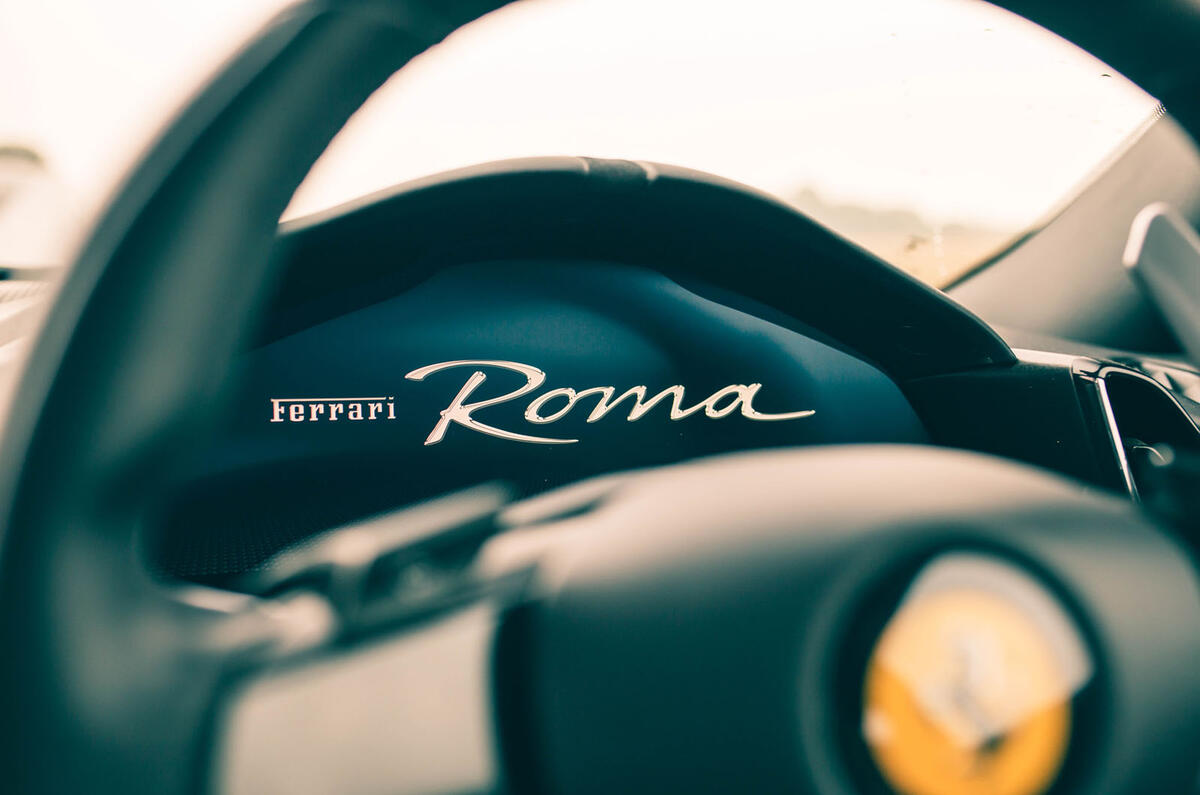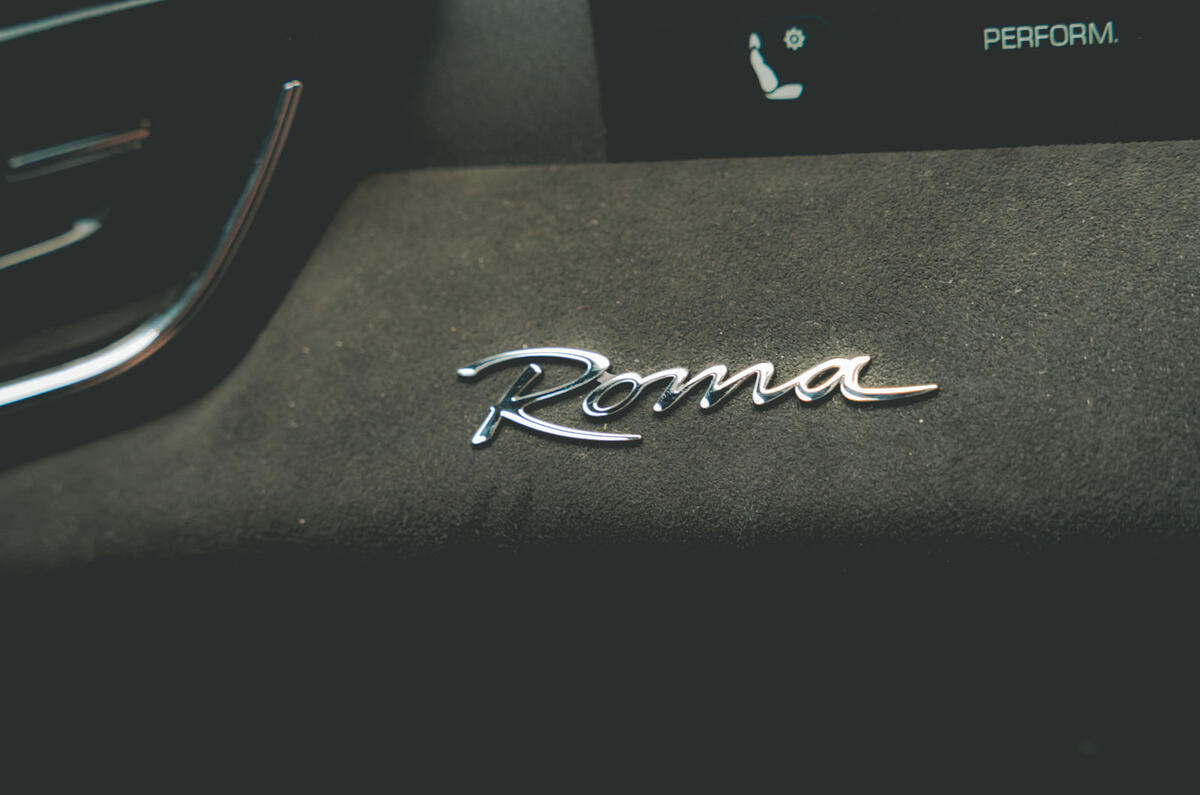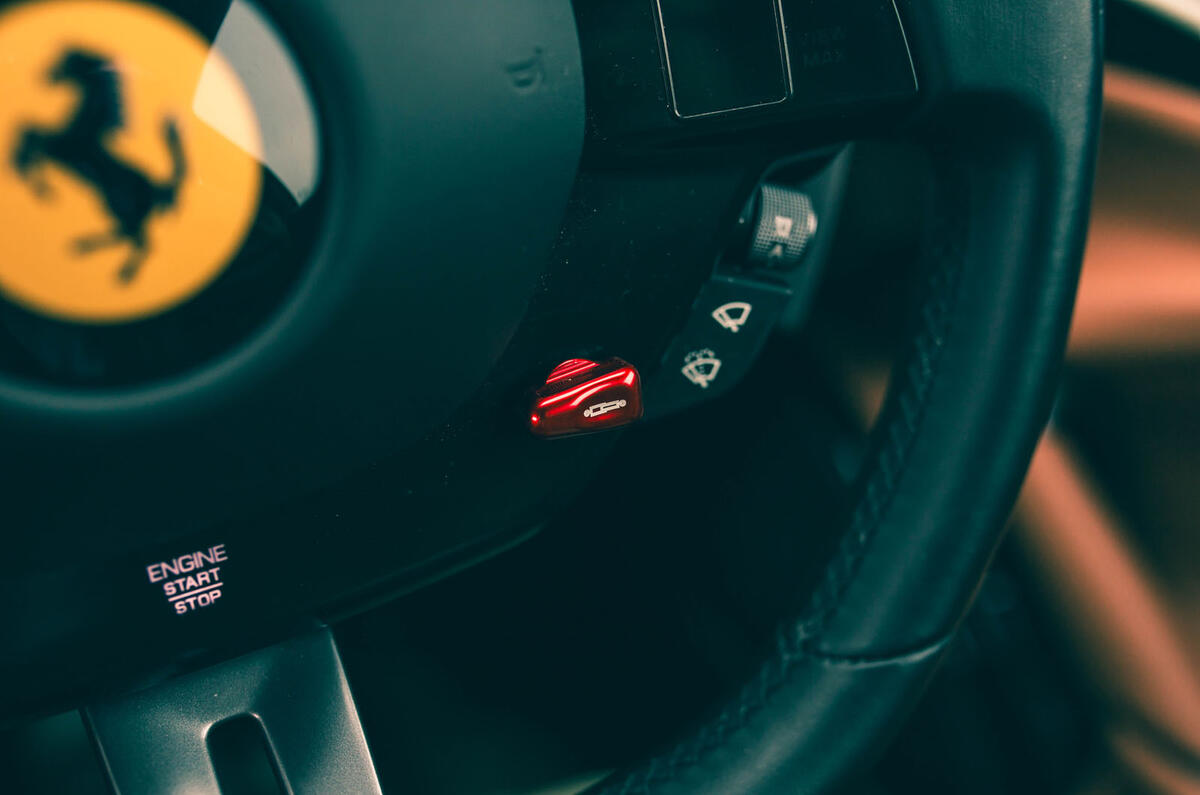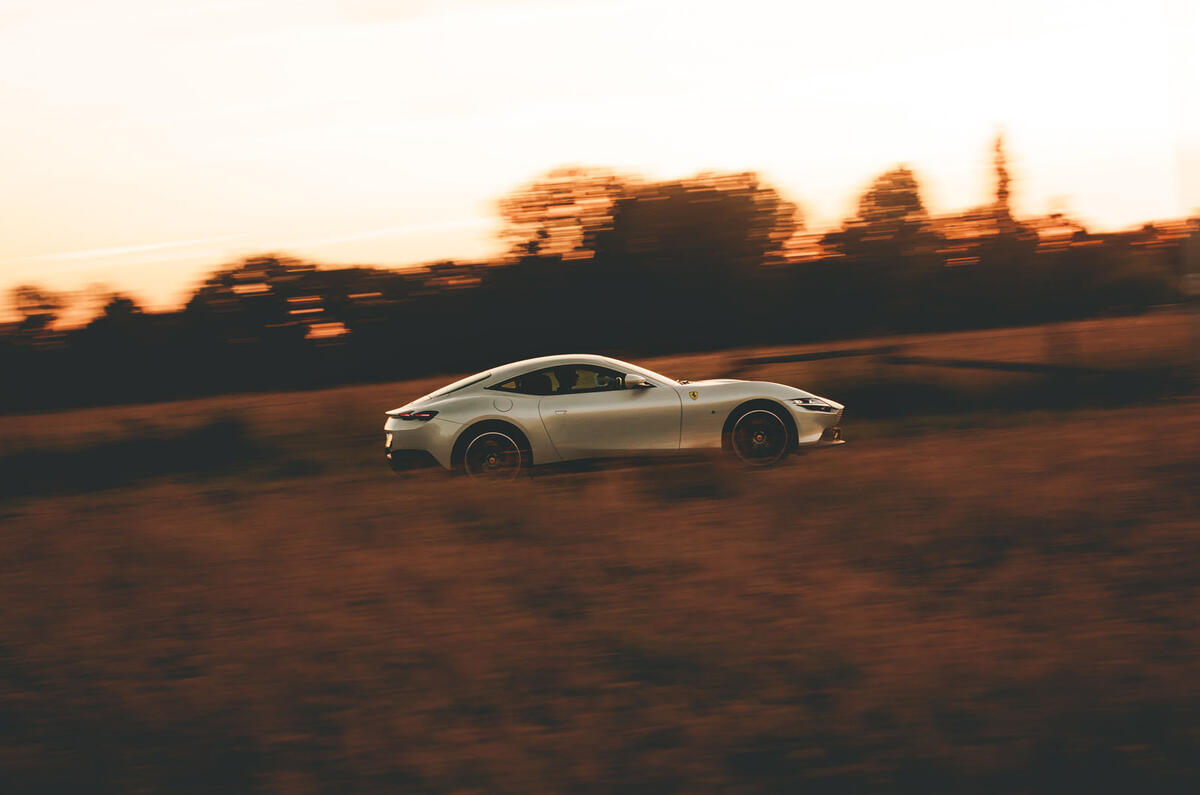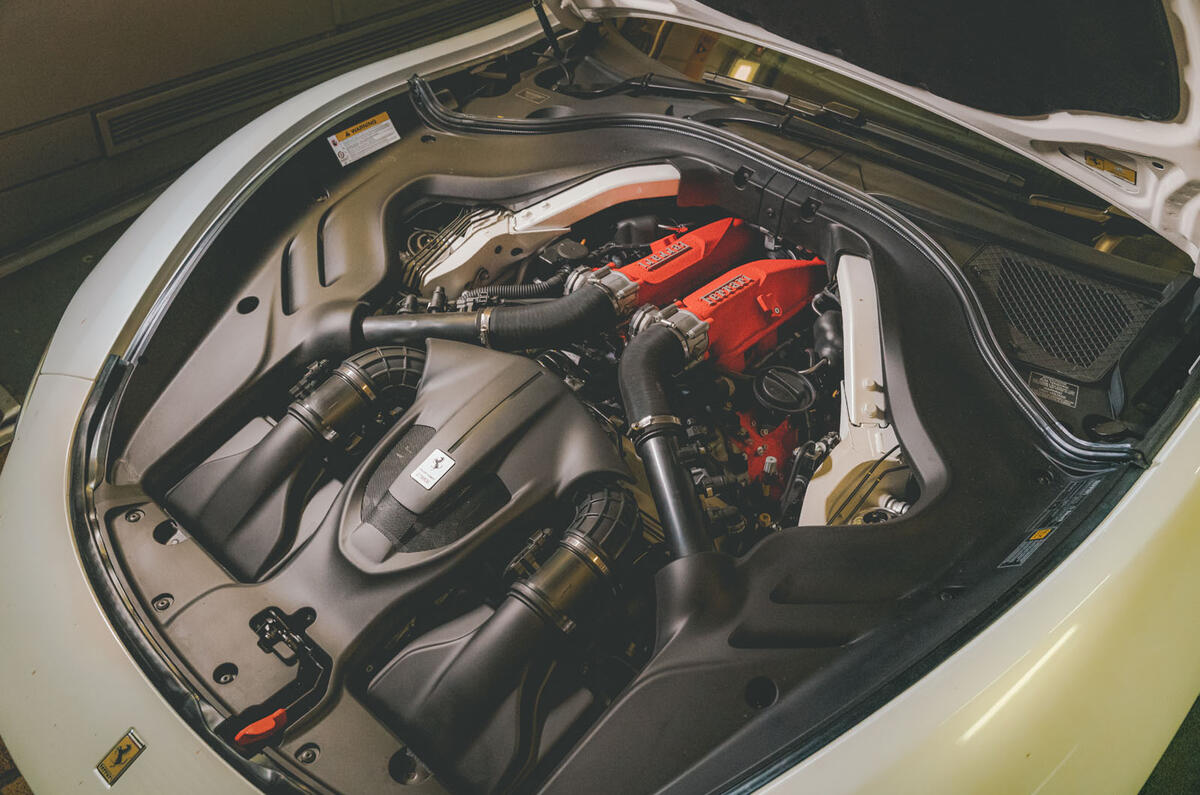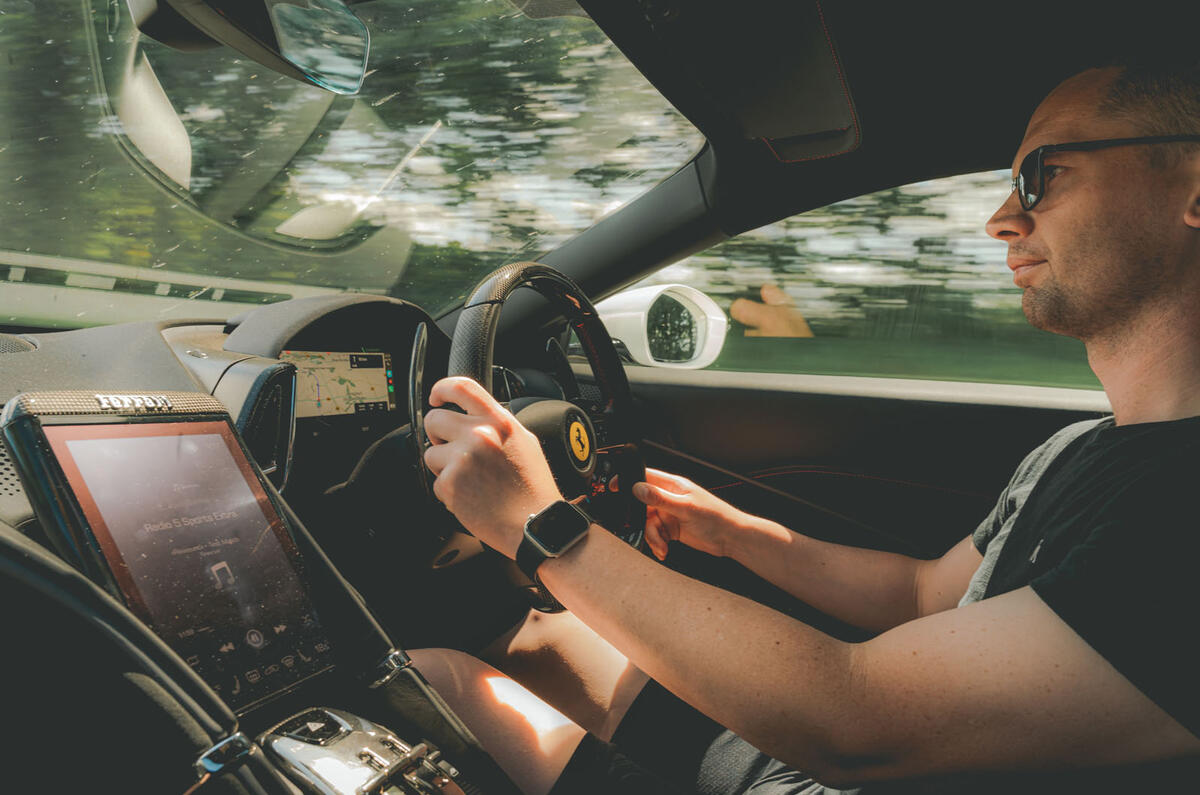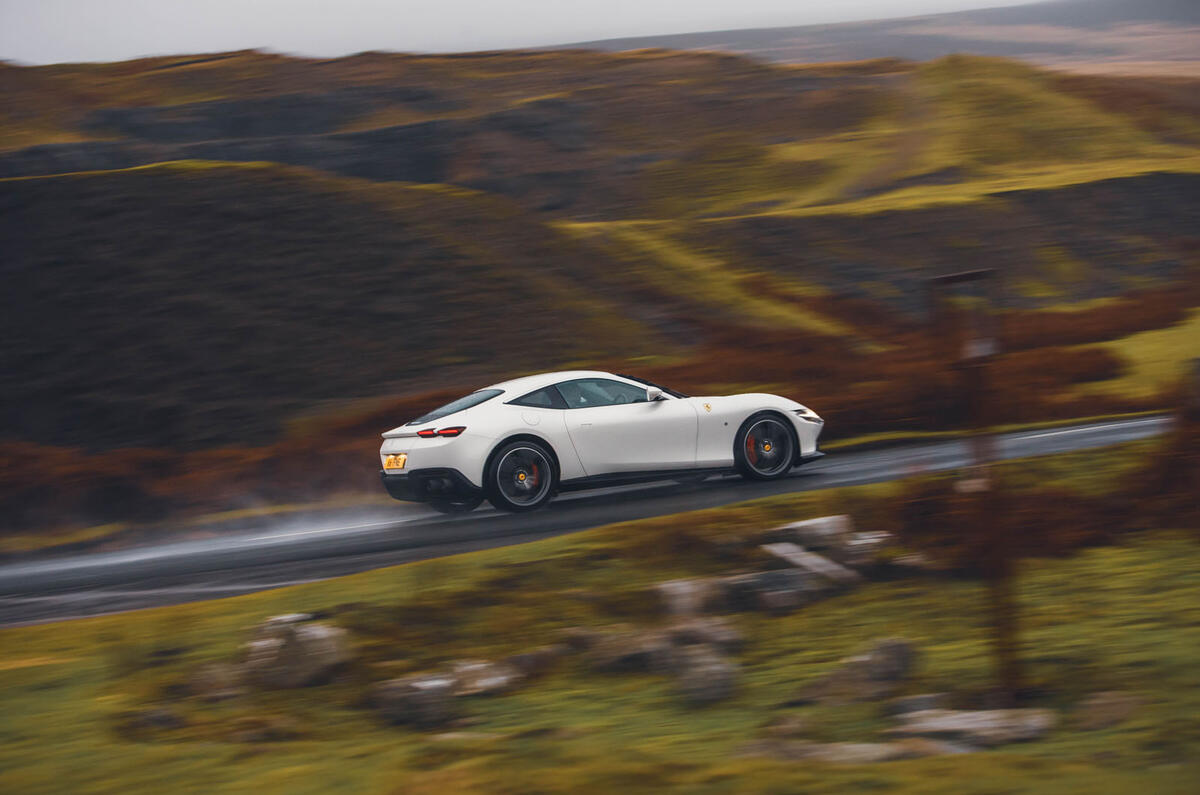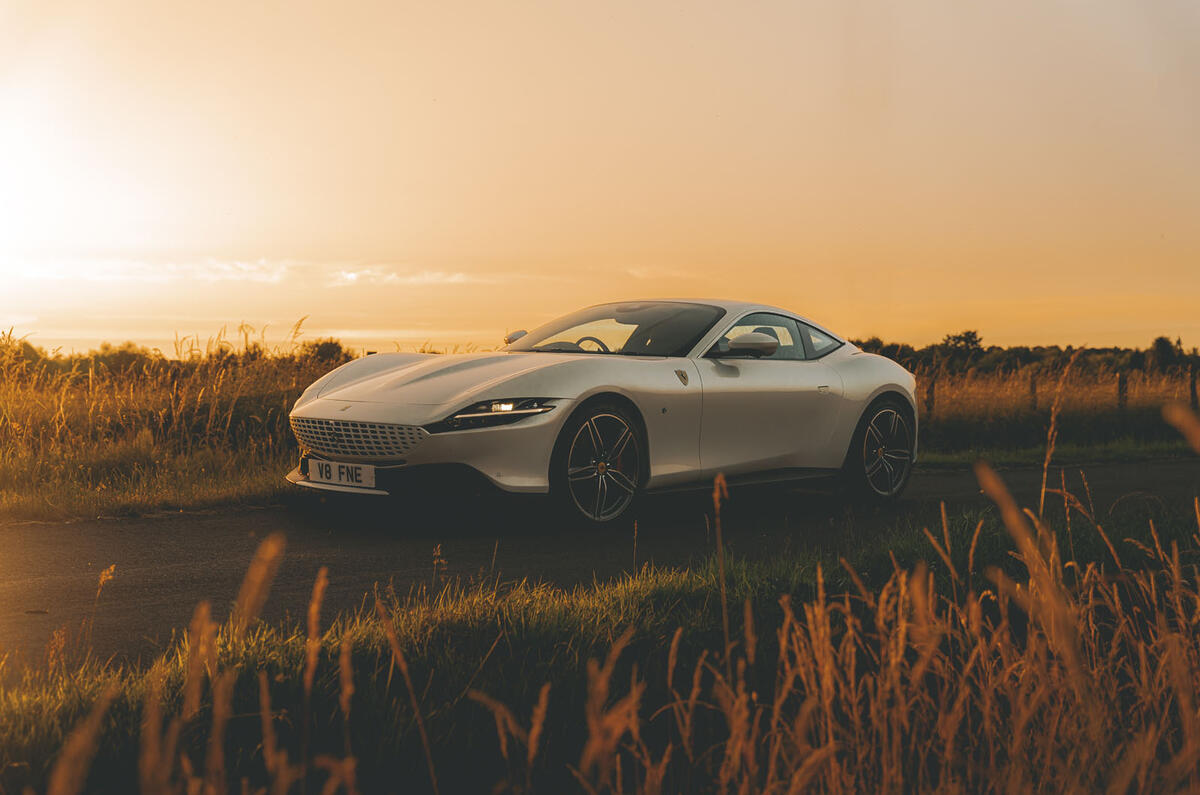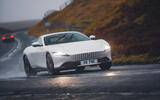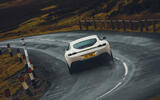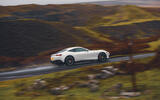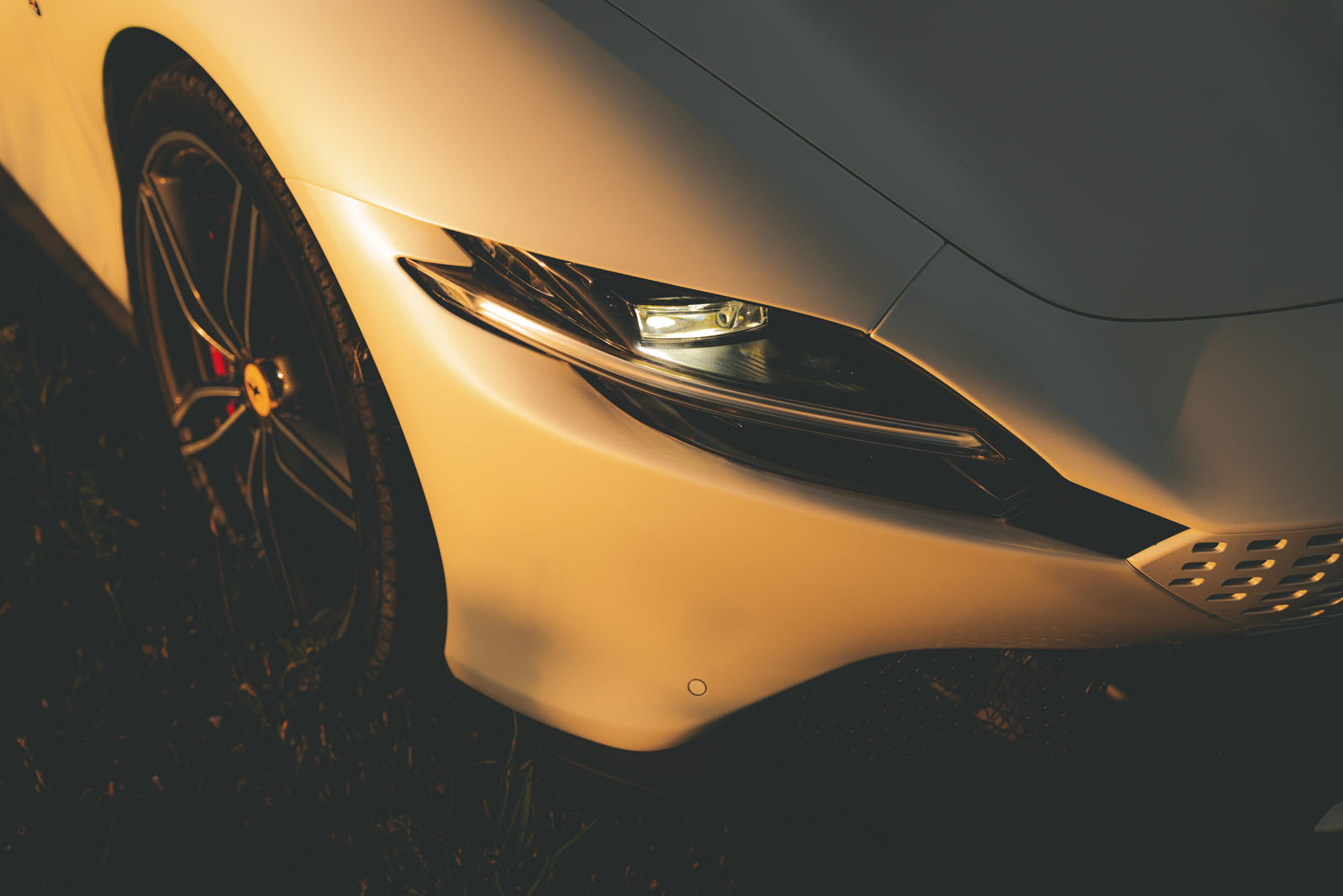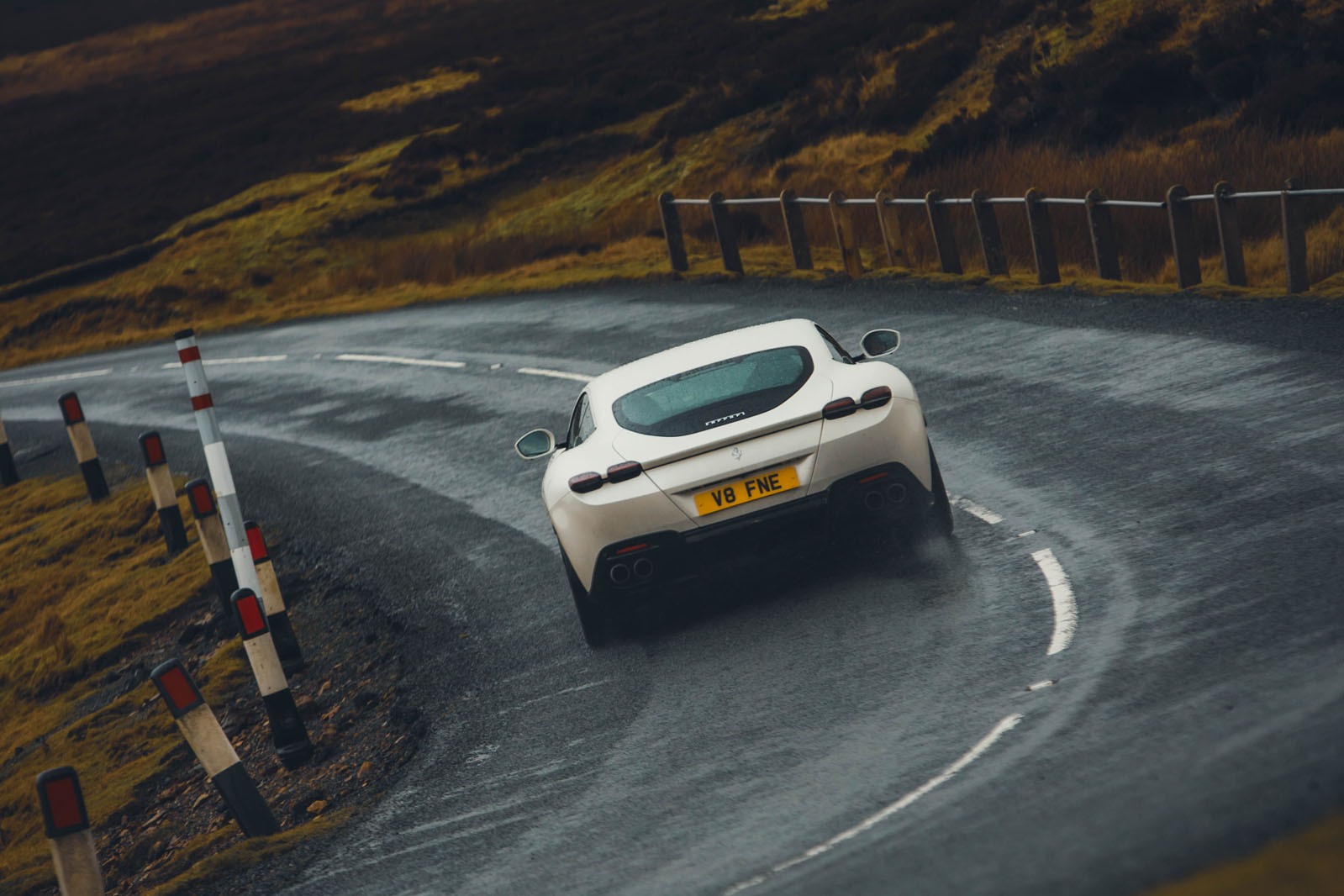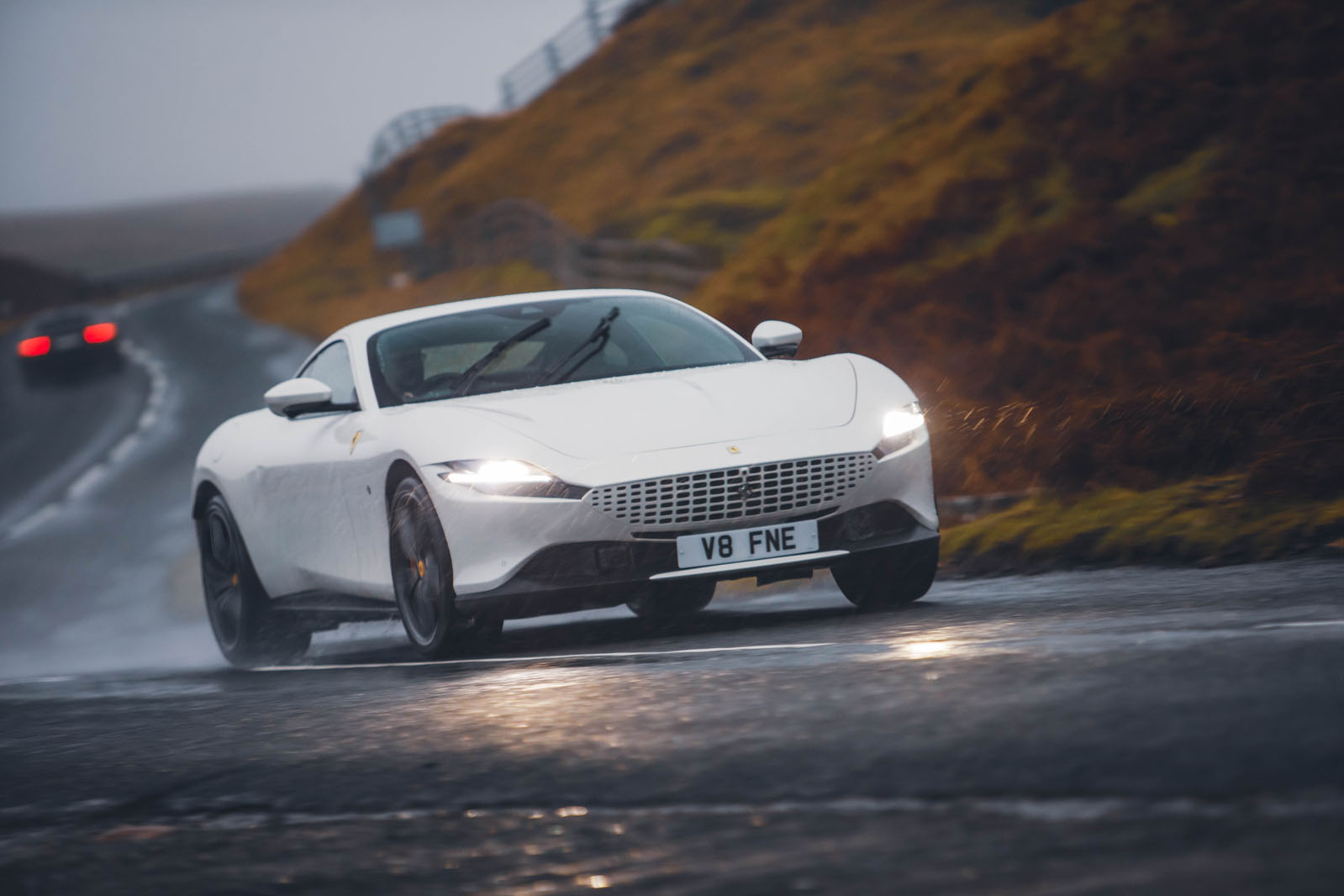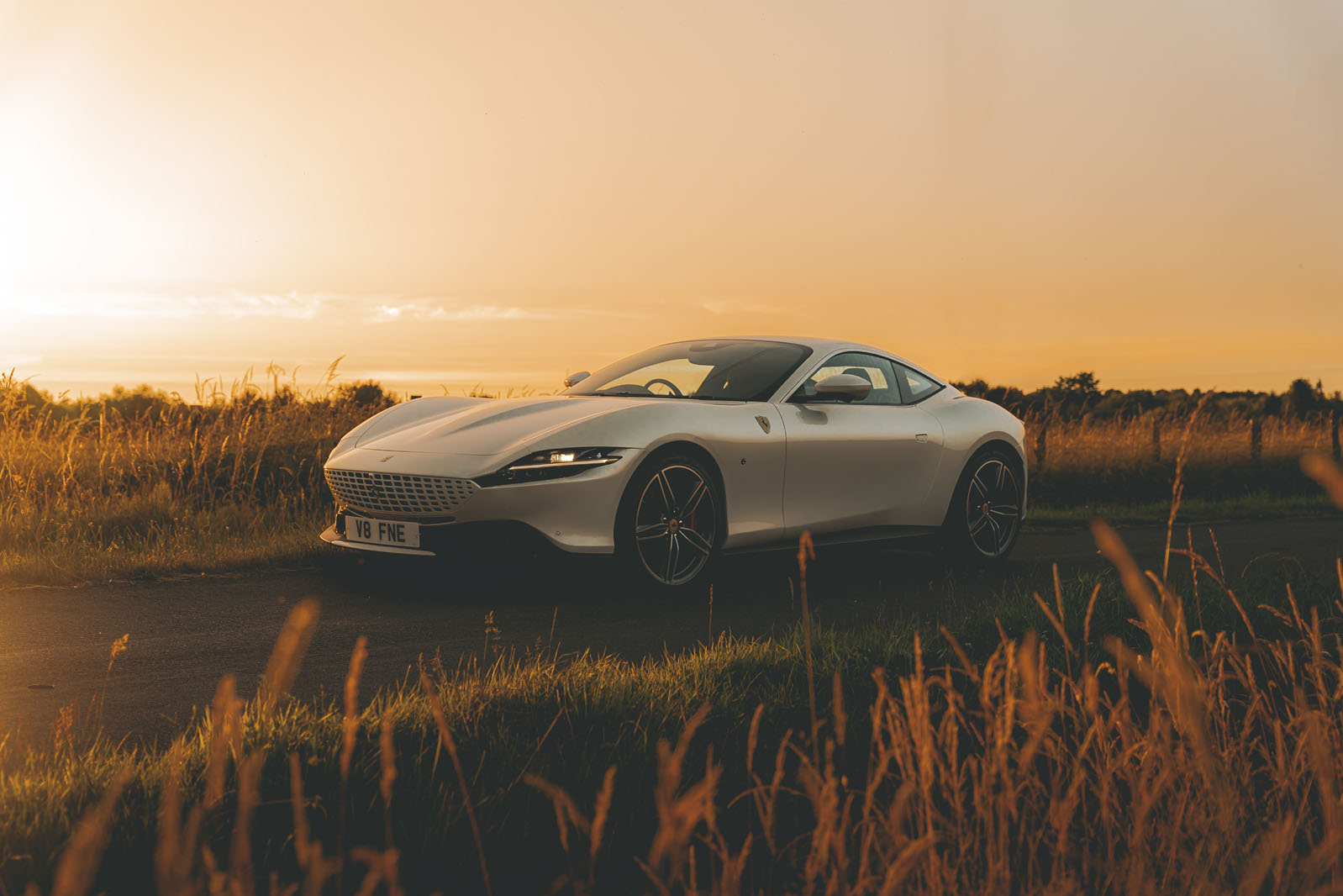God bless whoever was brave enough to ask the question at the end of the monthly Ferrari ‘town hall’ meeting concerning exactly why it was that the company didn't make a car like the much-loved, big-selling 550 Maranello any more.
Surely that must have been how the Ferrari Roma coupé came into being - not that the company is letting on.
The 550 was Ferrari’s modern high watermark for front-engined GTs. Smart-looking, usable, soulful, fast, involving and, most of all, really well sorted for the road, it was followed up by increasingly wild and expensive front-engined, 12-cylinder successors that incrementally became less and less about everyday usability and accessible handling appeal and more and more about outright pace, grip, noise and lurid performance thrills as the years passed.
The void that strategic shift left in the Ferrari model range has evidently taken some time to become apparent to the company, but we will let them off on that score.
It was a bit of a mental leap to invoke the spirit of a car like the 550, not to mention so many other of the company’s V12 GT greats of the 1950s and 1960s, with a reimagined fixed-head version of the turbo V8-powered Ferrari Portofino M – itself not the most revered of modern Ferraris, after all.


